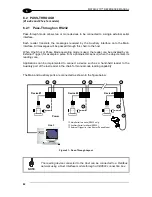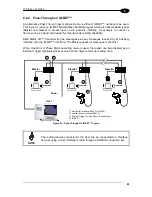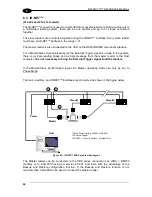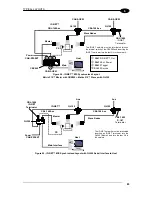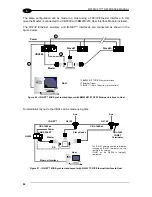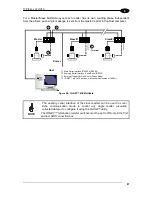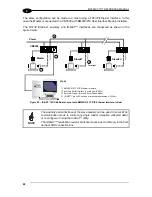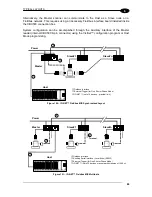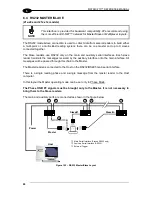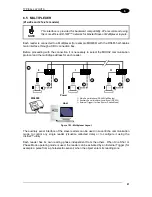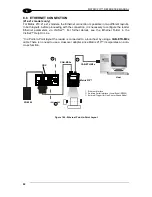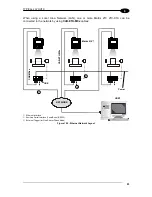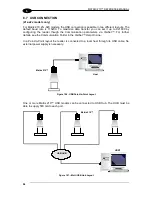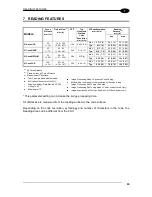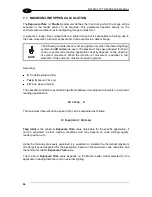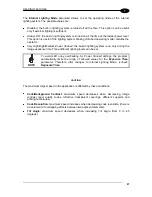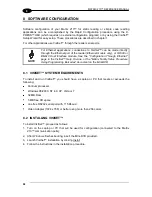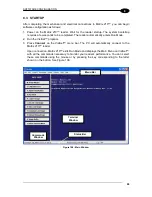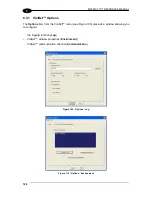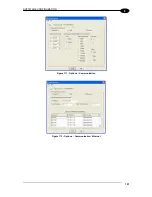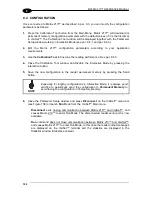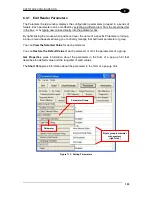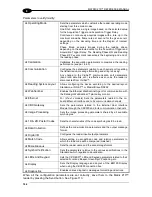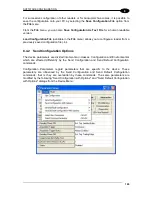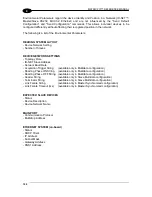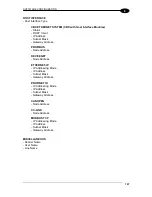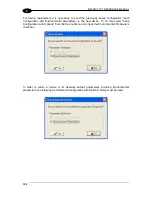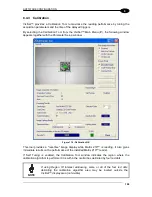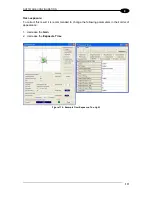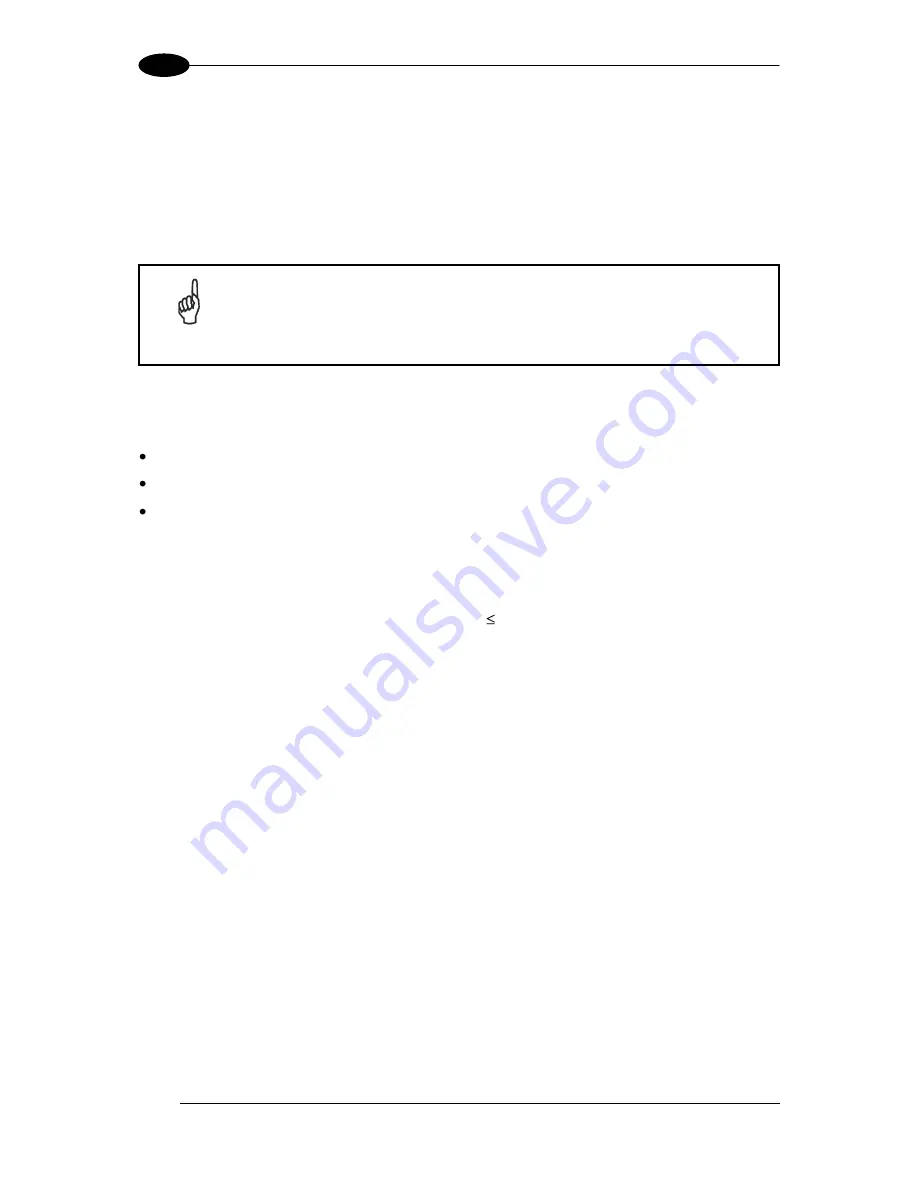
MATRIX 210™ REFERENCE MANUAL
96
7
7.1 MAXIMUM LINE SPEED CALCULATION
The
Exposure Time
(or
Shutter
) parameter defines the time during which the image will be
exposed to the reader sensor to be acquired. This parameter depends heavily on the
environmental conditions (external lighting, image contrast etc.).
In general, a longer time corresponds to a lighter image but is susceptible to blurring due to
the code movement; a shorter exposure time corresponds to a darker image.
NOTE
The following considerations must be applied only when the internal lighting
system and
2D codes
are used. The Maximum line speed allowed for linear
codes or postal code reading applications heavily depends on the direction
of symbol movement. When the direction of movement is parallel to the
elements of the code, the maximum speed is greater.
Assuming:
X
: Code Resolution (mm)
Texp
: Exposure Time (s)
LS
: Line Speed (mm/s)
The essential condition to avoid blurring effects between two adjacent elements in a dynamic
reading application is:
LS x Texp X
The maximum (theoretical) line speed (LS) can be calculated as follows:
X / Texp (min) = LS (max)
Texp (min)
is the minimum
Exposure Time
value obtainable for the specific application. It
can be evaluated in static reading conditions and may depend on code printing quality,
reader position, etc.
Using the formulas previously explained it is possible to calculate the theoretical maximum
line (target) speed expected for the application, based on the maximum code resolution and
the minimum suitable
Exposure Time
value.
The minimum
Exposure Time
value depends on the Matrix reader model selected for the
application (reading distance) and on external lighting.
Summary of Contents for Matrix 210
Page 1: ...MATRIX 210 Reference Manual...
Page 142: ...www datalogic com...

